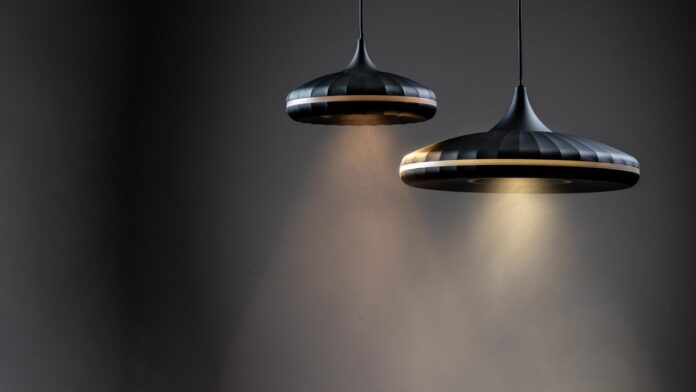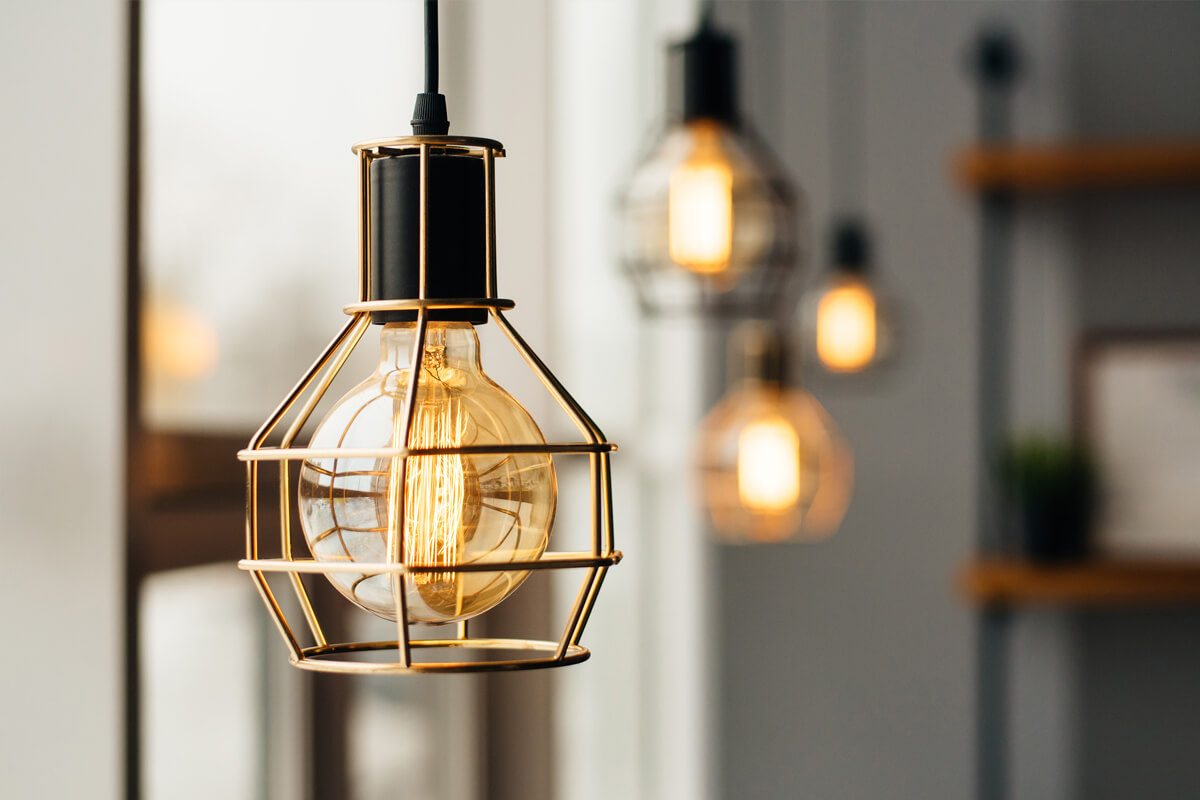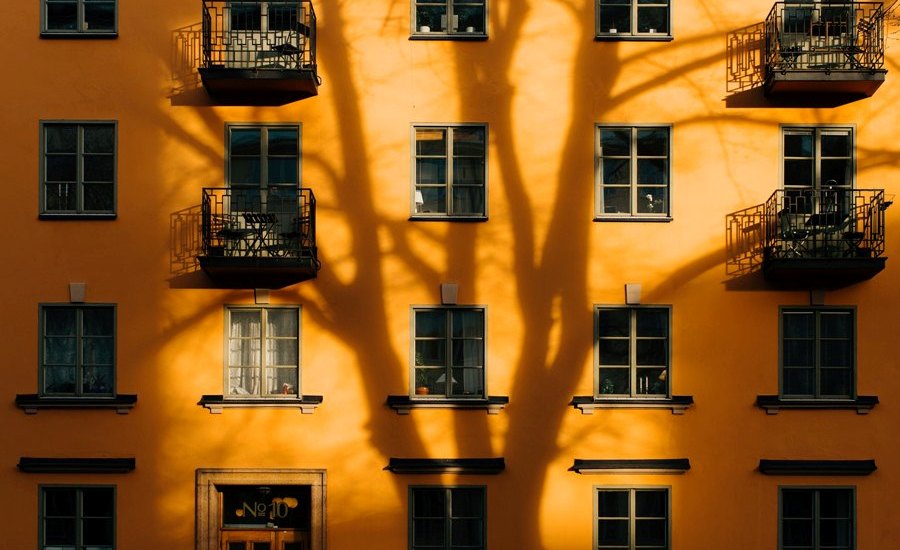Apart from the aesthetics point of view, appropriate lighting can make rooms feel better and make you more comfortable. But common mistakes with lighting arrangements can steal away this comforting feel. Here we discuss a few such mistakes and possible solutions to these. Home lighting requires a similar amount of thought that goes into deciding colors or furniture for a house. A better understanding of lighting basics is indispensable before buying expensive fixtures for any space. Antique lights can be brilliant as ambient sources and can enhance overall curb appeal for rooms. Concurrently though, the rest of the lighting basics need proper handling to complement this too.
Selecting The Wrong Color Temperature
Lighting in a room should be in the comfort of the people indoors. If somebody is not comfortable with daylight color (over 5500K), they should not consider the same by other’s recommendation. Typically a color temperature of around 3000K might be optimum for bedrooms and living rooms. Whereas for comparatively smaller bathrooms, kitchen, basements, and garage can do well with truer white lights over 4000K temperature.
That will provide an overall brighter feel in these parts of a house. Whiter light colors in the range of 5000K – 6000K might suit cooking spaces and makeup areas for excellent visibility and warmer aura. Apart from personal comfort, the correct color temperature also enhances the look of every room element.
Single Light Source For A Room
Usually, most people are ignorant of accent lighting or the use of lighting layers in their homes. This can make interiors visually less attractive. The aim should always be to achieve uniform distribution of light throughout each room. Single sources of light fail this purpose totally by creating harsh shadows. Using layers of lighting through multiple sources helps resolve this kind of mistake.
Using all available light sources simultaneously and at their maximum intensities is not a good idea. This might create more radiance than needed. Layered lighting solutions come in three types – ambient, accent, and task. The most general source is treated as the ambient part of the layer, with accent sources for the wall decor and task sources like desk lamps for complex engagements. Layered lighting is an excellent way for room improvements.
Cluttering Furniture And Illuminating Drywalls
Stacking a lot of furniture can affect the brightness of an area. Some furniture colors also make light bounce off, thereby creating imbalanced lighting in rooms. An abundance of furniture might increase the number of shadows as well. So, bright colored and evenly distributed furniture can result in light bouncing efficiently for proper radiance.
Another mistake in lighting rooms with drywalls is the direct focusing of light sources. Instead, selective illumination of other elements around, like arches and shelves, will provide more visual charm. Grazing is one effective option to highlight stone or brick walls by placing light sources immediately above the face of a wall.
Lacking Control
Gone are the days when forgetting to switch a light off might need someone to crawl back from the bed for just doing that. The use of motion sensors, timers, and automation systems has given more control over home lighting. Energy bills can be efficiently managed through controlled lightings. Light dimmers are wonderful solutions for adjustable lighting temperatures for different times throughout the day.
Light intensities can be lowered to a minimum when plenty of natural light comes in during the daytime. And when it starts to get dark, a gradual increase of light intensity can provide comfortable radiance indoors. Motion sensors and timers prevent wastage of energy by automatically switching lights on and off, based on the occupancy of a room or an area. These are suitable for bathrooms, staircases, garages, and porches.
Space To Light Imbalance
Underlighting and overlighting are equally worse case scenarios for interior spaces. Lighting for a closet should be facing inward and sufficiently radiate the entire depth of the enclosure. Similarly, lighting sources suitable for entryway might appear too bulky and over illuminating for half-bathrooms. Measuring the dimensions of each room at the start can help avoid this kind of mistake.
Insufficient lighting might require multiple sources, which can clutter a particular space and affect the visual appeal. The size of fixtures is crucial for the even spread of lighting as well within a room. Mistakes with these basics can make even the most modern lighting design look out of place. You can always seek interior decor expert help if you don’t achieve the right amount of lighting n your premises.



















